Humans, Animal Husbandry
and the
Domestication of the Mighty Aurochs.
Sculpture by Stephen Bornstein of AMEN as an Ancient Aurochs
And
The Enduring Cult of AMEN
Egypt–Hebrews–Greeks–Roman Catholic–Islam
Hebrew: אָמֵן, Greek: ἀμήν,
Syriac: ܐܡܝܢ, Arabic: آمين,
Syriac: ܐܡܝܢ, Arabic: آمين,
Amen in Judaism, Christianity and Islam
Amen is
an Abrahamic declaration of affirmation which is first found in the
Hebrew Bible, and subsequently found in the New Testament. It is used in
Jewish, Christian, and Muslim practices as a concluding word, or as a
response to a prayer.
Amen In Ancient Egypt
The Bull God Amen, worshiped for millennia as one of many, gods, he eventually acquired the ascendancy to King of the Gods. Finally, under Ramses II, Amen underwent his fusion with the Sun god, Ra, and became Amen-Ra.
As Amen-Ra in Egypt
Amen-Zeus In Ancient Greece
As the chief deity of the Egyptian Empire, Amen-Ra also came to be worshiped outside Egypt as Zeus Amen and Jupiter Amen , he came to be identified with Zeus in Greece and Jupiter in Rome.
Alexander the Great as Amen-Zeus.
wearing the "Horns of Amen".
Alexander the Great is shown wearing the Horns of AMEN.
Alexander the Great, famously, embarked on strategic detour to Egypt to specifically acquire the honorific title of Zeus-Amen from the renown Oracle at Siwa,
that would cement Alexander’s leadership of Greece as well as Egypt. It
also elevated him to being a God, from being a mere mortal.
The Aurochs was
AMEN.
Geographic Range of Extinct Aurochs
The Extinct Aurochs,
ancestor of all modern cattle
Ai generated image of
Modern Cattle and Extinct Aurochs.
35,000 year old prehistoric Cave Paintings iof Extinct Aurochs.
6,000 year Indus Valley Culture clay seal of Domesticated Aurochs, with the first Writing of the Modern HiSTORICAL ERA.
How could this ancient mythology become a powerful religion that would shape Europe and the continuing history of the modern world?
All advanced, ancient civilization hinges on their domestication of the bovine Aurochs.
The Ancient Bullock
The Pivotal Historic Domestication of the Bovine
(the Extinct Aurochs Bullock).
Arguably,
the entire Egyptian civilization can be attributed to benefits they
acquired by their early domestication and selective breeding of the now
extinct, enormous Aurochs Bovine.
The Ancient Ritual of Circumcision
A Rite of Membership.
Hebrew: מילה Arabic: ختان
Also, in the illustration, next to the bullock is shown a trail of blood leading to the knife used in the ancient Ritual of Circumcision. The Hebrew and Arabic script demonstrate to the commonality of religious rituals.
The Ancient Egyptian, Rite of Membership
This
ritual of membership was practiced by the ancient Egyptians. It was
passed
on to the Hebrews through Abraham's own circumcision. This occurred
during his sojourn in Egypt with his wife Sarah. This happened before
meeting Hagar, mother of Ismael. Several millennium later, through
Ismael, circumcision was passed on to Islam. .
A very strange ritual indeed.
Arguably, Circumcision represents a symbolic form of Castration of the bull.
Castration
turns a wild animal into a vital servant of society.
Circumcision
Circumcision
turns a young male into an vital member of society.
10,500-9,500 BCE
The Egyptian Domestication of the Bovine, the marvelous wild Aurochs.
Wild Aurochs
There’s Archeological evidence that people started to eat Wild grains 105,000 years ago. And perhaps even before that.
12,000 BCE
Domestication of Wild Grains
However,
Cultivation of wheat and other modern crops date from 9500 BC, which
saw “founder crops” appear. Founder crops were the main types of grain
domesticated in the Near East which became the foundation of agriculture
worldwide. The founder crops included barley, bitter vetch, chickpea,
einkorn wheat, emmer wheat, flax, lentil, and pea.
11,000 BCE
Early Animal Husbandry and its impact on civilization.
Domestication of Grains and Beginnings of Animal Husbandry.
Around 12,000 BCE is the "beginning of the end" of the “Hunter-Gatherer” societies.
These groups were constantly on the move and contributed greatly to the Migration of Homo Sapiens around the Globe.
Humanity starts Global Migration Patterns
As these groups begin to congregate and settle in one place they began gathering wild grains.
Development of Permanent Villages with new found luxuries
They developed cooking and baking capabilities, that freed them from some of The tyranny of Hunter-Gatherer food insecurity.
Learning to Bake Breads
Prehistoric
people began to breed and cultivate grains. This increases yields and
provided a bit more predictably to the food supply. It was extremely
labor intensive, and required a majority of the community to labor in
agriculture.
Eventually We Find Our Place in the Universe.
“Domestication of Grains” lead to directly to seasonal cultivation and The Concept of Time. Awareness of seasons and understanding of the heavenly movements.
Development of Individuals’ Power.
Predictive knowledge of seasonal arrivals granted extraordinary power to those with astronomical knowledge.
Birth of Royalty
The
beginnings of organized religion and the first royalty began at this
period. Ceremonies investing kingly powers were always connected to the
heavens.
The Dog, Goat,
Sheep and Chicken.
Sheep and Chicken.
Humankind’s Evolutionary Advantage and Our fortuitous mastery of Animal Husbandry.
The Dog
Mankind's first attempts to domesticate Dogs.
It
is commonly assumed that the dog was the first animal to be
domesticated. This symbiotic relationship assisted greatly in hunting
wild game.
Humans alone have limited physical Powers.
Before
dogs human relied entirely on their own capabilities. With dogs, human
gained tremendous assistance in pursuing wild game.
Humans Hunting Alone, Without Dogs.
Hunting with Dogs in the Jungle.
With Dog assisted greater Food Security, Hunter–Gatherers could form larger groups.
More permanent communities could form, offering simple comforts. Like a "Fur upholstered, communal fire pit".
Once humans begin to settle in fixed communities, the Dog takes on vitality important "Village Security Tasks".
The acquired knowledge of Selective Breeding, assisted greatly in domestication of other animals.
Humans acquire knowledge of selective breeding.
Herding Herbivores
Studies have shown that societies that survive off herds of herbivores with constant supply of milk and cheese and occasionally meat, are healthier and more sustainable through difficult environmental conditions.
Global Cattle Herding Societies
Yak herders of the Tibetian Plains:
(Milk, Butter, Cheese, Weavings, Leather, Meat, Dung)
Sami Reindeer herders of Laplands:
(Milk, Butter, Cheese, Leather, Meat,)
Arab Cattle herders of North Africa
(Milk, Butter, Cheese, leather, Meat)
However, Early animal, husbandry, 1,000 years before the Bovine, involved, the goat, sheep and chickens.
Once
humans began to cultivate grains and settle in one place and were less
dependent on hunting, domesticated animals provided important sources of
protein not to mention the incredible power of the male bovine.
The Sheep and Goat have been known to Man for 1,000s of years.
The goat and sheep were both almost simultaneously, domesticated around 11,000 to 10,000 BCE.
Archaeological
evidence shows some of the early domestication took place in central
Asia and Mesopotamia. Both animals were domesticated from wild animals that humans had been in contact with for thousands of years.
Each animal, for its own distinctive advantages, proved vital in the development of early human societies.
Human Control of the Male Goat and Sheep.
Most advantageous, the males of both species can be physically controlled by humans.
In all cases, domestication involves the control of the male of the species. In most cases, herding herbivores are very male oriented and hierarchically structured. Control of the bull, usually renders the female more malleable.
Nutritious Goat Milk
The Goat provided milk, cheese, meat and waterproof goat skin, a necessity for carrying water long distances.
Wool from Sheep.
The
sheep provided wool, a substance capable of providing for all the
necessities for an entire nomadic lifestyle. Tent’s furnishing, clothes,
leather and meat for protein.
The very Difficult Nomadic Lifestyle
The Sheep, with it's Wool and the Goat can provide the Nomad lifestyle everything.
Cheese and Ghee
Ghee in India
Yak Butter in Tibet.
Both the ability to create cheese and ghee, greatly extended the advantages of highly fragile milk.
Once a herding society was able to store protein in a stable form, it greatly fortified that society’s ability to withstand adverse conditions.
Once a herding society was able to store protein in a stable form, it greatly fortified that society’s ability to withstand adverse conditions.
The incredible longevity and Incredible Nutritional Value of Ghee permits
the development of the entire Hindu-Vedic philosophy based on
reincarnation and transmigration of the eternal soul and the sacredness
of the “Mother” cow in the Indian subcontinent.
The Two vital Animals for the Bedouin Lifestyle
Together
the Goat and Sheep were instrumental for mankind’s survival in harsh
desert and dry conditions. However, because of their “down to the base”
foraging habits, they constantly required new pastureland. Perfect for
the Bedouin, not exactly compatible with the newly emerging societies in
the cities.
It took another 1,000 years for domestication of the Bovine-Aurochs.
Arguably, The very foundation of our civilization is due to
Animal Husbandry.
The Ubiquitous Aurochs
The Ubiquitous Aurochs
It took another 1,000 years for domestication of the Bovine-Aurochs.
The
wide ranging “Aurochs” were the enormous ancestors of modern cattle.
They roamed much of the three continents for millions of years. They
were the largest herbivores of the current Holocene era. They were one
third larger than current cattle. Luckily, for Mankind, the Aurochs,
like a few other select animal species, had demonstrated an inherent
affinity for humans.
Domesticated Aurochs
Castration of the young Male Aurochs.
However, Domestication of the Bovine required castration of the male. The Aurochs Bull is physically beyond control of mere humans. How humans learned that particular technology, is lost in our pre-written history.
Once the Aurochs is castrated, and deprived of testosterone, the Bull, now an Ox, (Bullock) becomes docile, and a veritable “Servant to Mankind”.
The multiple benefits from the domestication of the bovine became revolutionary in the development of society
The Power of the ox:
Transportation
Irrgation
Lifting water from the Nile, to irrigation channels crisscrossing the dry fields, through an ox driven waterwheel.
Building
The ox could haul extraordinary heavy loads, and was docile enough to accept the most demanding instructions and rigorous tasks.
Plowing & Crop Cultivation
Plowing was probably one of the most socially impacting capability that the ox could provide.
Now, One man and an Ox could plow an entire field.
This
not only greatly increased yields, it freed up large amounts of man
power. This allowed society to specialize trades. By using the abundant
grain to create a variety of highly trained occupations.
Society can now develop into highly specialized trades.
Agricultural Workers
Library and Scribes
Pottery Workshops
Cotton Cultivation
Weavers and Tailors
Leather Tanning Workshops
Teachers and Classes
Camel Racing
Religious Ceremonies
Beef and Butchers.
With all this socioeconomic dependence on the domesticated bullock, it is only logical, that worship of a “bull deity” would emerge.
That deity, with the head of a bull,
the Chief of All Gods,
is called
Amen
also known as Amun.













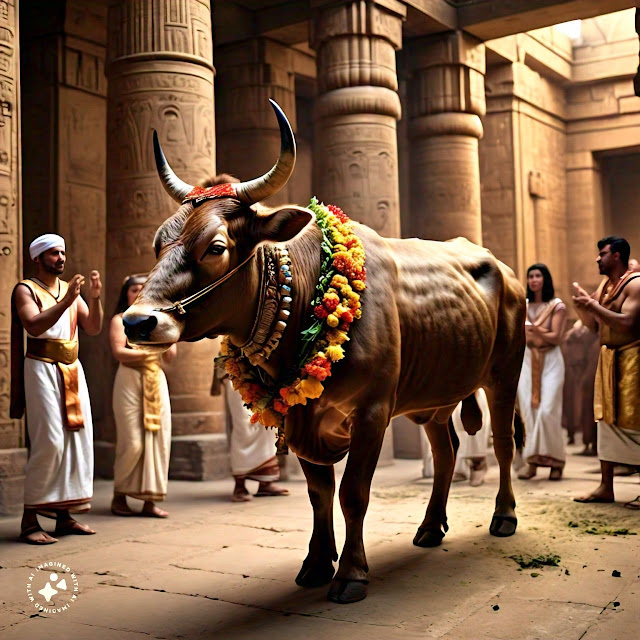



















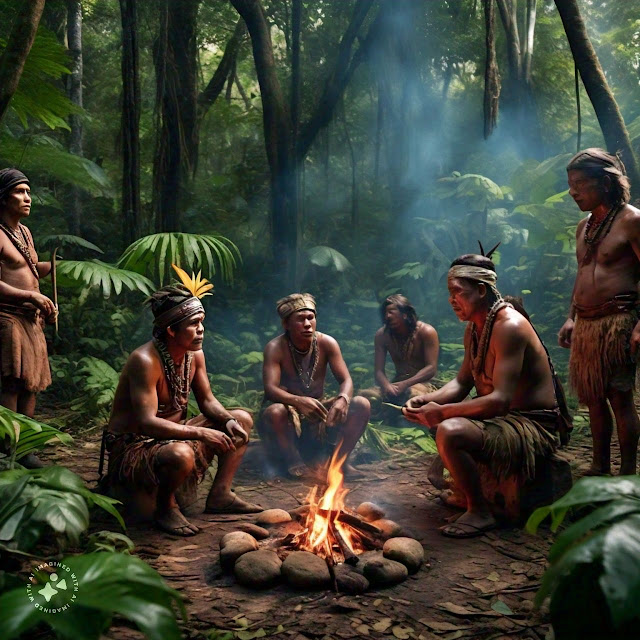

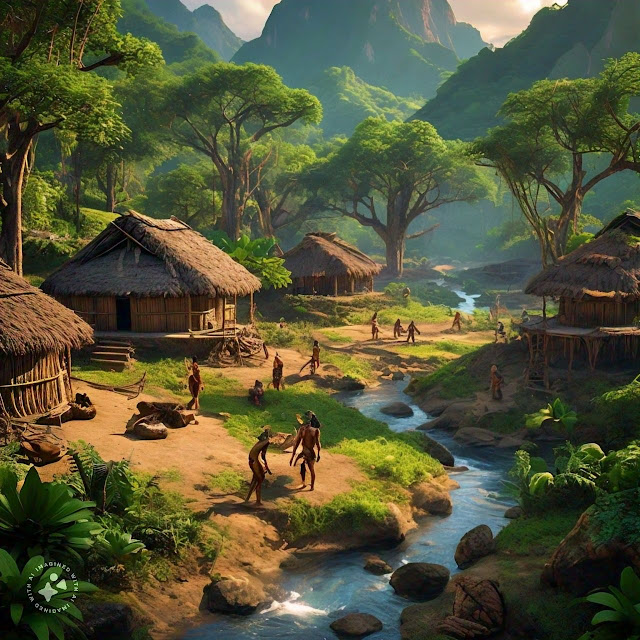






























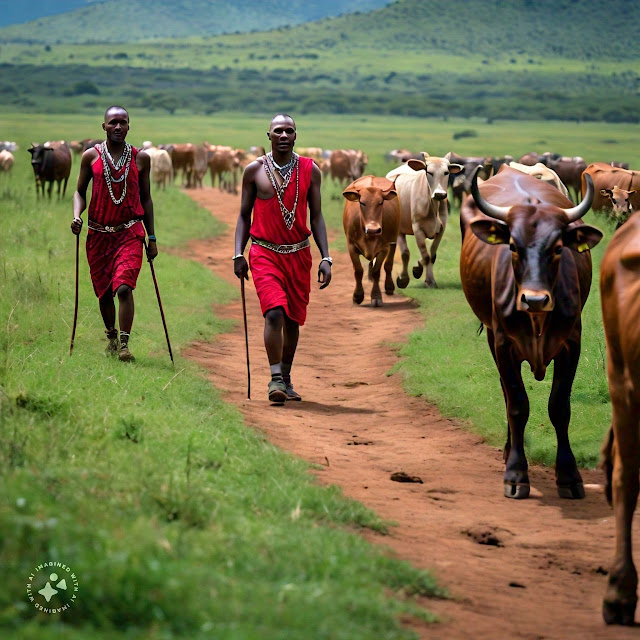



















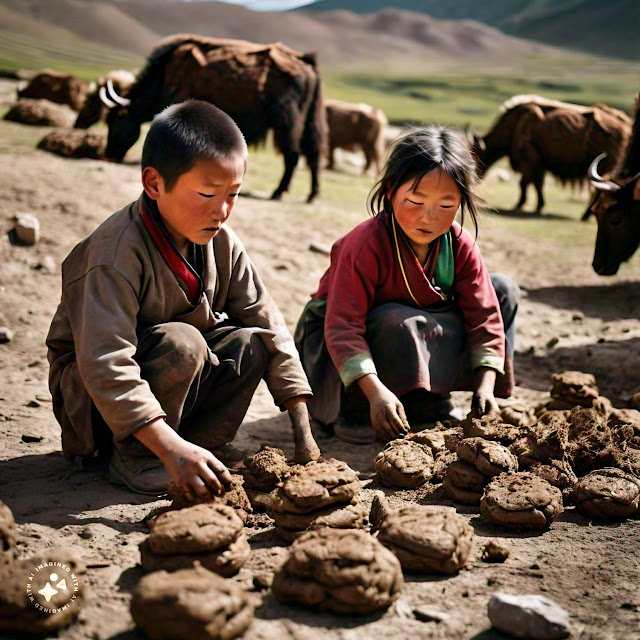



























 l
l










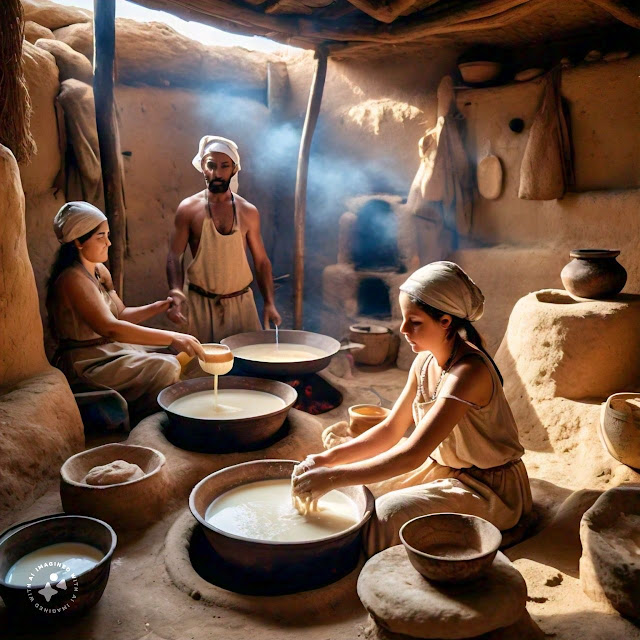






No comments:
Post a Comment